Forty years ago, the Ford Taurus revolutionized American car design to save an automaker and become a pop-culture icon
Published in Automotive News
Advertised as a “shape and feel we’ve never seen before,” the aerodynamic 1986 Ford Taurus immediately appealed to the driving public. Ford sold more than 200,000 in its first year and more than a million in three.
And that was a good thing because Ford was in financial straits and would have gone bankrupt without it.
“It looked completely different from any American vehicle at that time,” recalled Eric Taub, author of “Taurus: The Making of the Car that Saved Ford.” “It took its inspiration from Audi sedans of that era. And it really tried to solve vehicle problems, such as elevating the rear seat slightly so rear passengers could see out the front window. The team really was dedicated to creating a world-class car.”
Shaped by wind
Introduced at the 1985 Los Angeles Auto Show, the Taurus eviscerated the boxy Granada it replaced, but it was not the first automobile shaped by the wind. Boasting a 0.32 coefficient of drag, the Taurus shared many styling similarities with a contemporary, the Audi 5000, but improved on its 0.34 Cd.
An aerodynamic arms race ensued during the 1980s, as automakers chased fuel efficiency and a new style for the digital age. It recalled a previous era, the 1930s, when auto designers sought to improve the very upright cars of the day, many of which would have been more aerodynamic going backwards.
Chrysler’s 1934-1937 Airflow was designed in a wind tunnel and featured flush headlamps, an arched grille and minimized running boards. Its integrated frame allowed large interiors, but it was too revolutionary to be popular, selling just 55,000 units.
Ford made a similar effort with the 1936 Lincoln Zephyr, based on a prototype by John Tjaarda at Briggs Manufacturing. Its windshield was slanted, wheels spatted and doors mounted flush with the body. Its beetle-like nose was restyled by E. T. Gregorie and Edsel Ford with a more dignified prow. It was discontinued after the war.
It took another half-century for America to embrace the future these cars predicted. Ford began with the 1983 “aero bird” Thunderbird and 1984 Tempo, but Taurus would omit their inset headlamps and grilles.
According to lore, William Clay Ford, son of Edsel and father of current Ford Chairman Bill Ford, attended a design review where the Taurus team was debating between a grille and a flush panel and oval-inset Ford logo. A design geek at heart, Ford gave the nod to the oval that became the car’s signature feature.
Customer-driven design
“Its real break-through was in design, but also in development,” said Matt Anderson, curator of transportation at The Henry Ford, the automaker's museum in Dearborn, Michigan. “Taurus was created by an integrated team from the start. And credit to Ford, it listened to customers in developing the car. It was designed to be very intuitive for passengers. Even the power window buttons with raised humps were innovative.”
The driver-centric dash featured large rotary knobs for climate control and the choice of analog or digital gauges. Every touch and reach was carefully considered. Spongy seats provided long-distance comfort. Buyers chose an 88-horsepower four-cylinder engine or optional 140-horsepower 3.0-liter V-6. The high-performance SHO model debuted in 1989 with a Yamaha-built 220 horsepower V-6 and manual transmission.
I drove a first-generation Taurus in 1990. Quick steering and a four-wheel independent suspension swept over rough pavement and through curves. Front-wheel drive improved fuel efficiency but also improved poor-weather traction. It went more like an Audi than a Ford.
Taurus takes Hollywood
Sci-fi style and family-friendly packaging made Taurus a star.
In its starring role as the police car in “Robocop,” the Taurus “still looks pretty futuristic,” Anderson said. “I like to think the Taurus will remain in cultural references."
“Of course, there was its role in the opening scenes of '(National Lampoon's) Christmas Vacation,' ” Anderson added.
As Chevy Chase's Clark Griswold announced: “We’re kicking off our fun old-fashioned family Christmas by heading out into the country in the old front-wheel-drive sleigh to embrace the frosty majesty of the winter landscape and select that most important of Christmas symbols.”
The sleigh in question, a Ford Taurus wagon with woodgrain paneling, and the Griswold family Christmas tree strapped to the top, would become another immortal image.
Even then, The Henry Ford curators predicted the Taurus would become an icon as they added one to their collection.
“It’s an ’86, the first model year,” Anderson said. “Motor Trend used it in its Car of the Year tests. Even today, people are surprised to see it in the museum. It still looks fresh. It’s important to preserve daily drivers — what people were driving in this time period. Taurus became to Ford what the minivan was to Chrysler.”
By 1992, the Taurus had beat the Honda Accord to become America’s best-selling car, but the oval-themed second generation that debuted for 1996 lost the lead. Not even a V-8 powered SHO could save it. The Taurus was discontinued in 2006.
“The next generation Taurus was simply weird looking,” Taub said. “They took the oval approach to the extreme; everything was an oval, and they were appropriately criticized for that.”
Ford revived the Taurus in 2008 with a larger version based on Volvo architecture — ultimately an impressive car with bold styling and powerful twin-turbo V-6 — but Ford ended its final ride in 2019. For a car that lost to the competitors it once beat, what stands as its greatest contribution to Ford and the American auto industry?
“That the team that created it was given the freedom to work independently from the rest of the company and that they were truly trying to create a vehicle the likes of which had never been designed before in the U.S.,” Taub said. “It simply saved the company, and in doing so, gave confidence back to the employees that they could do great things in transportation.”
As the commercial once said, “Ford has seen the future, and the future is here.”
It just no longer includes a Taurus.
©2025 Tribune Content Agency, LLC
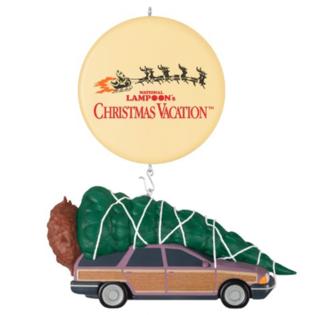
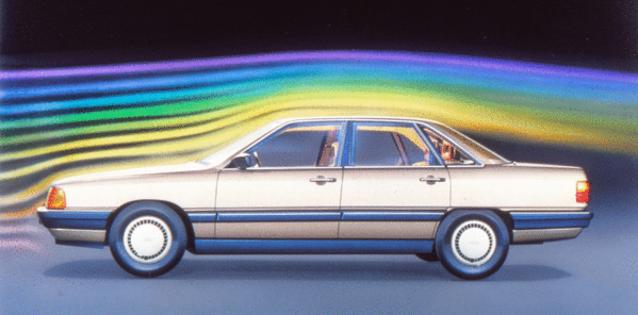
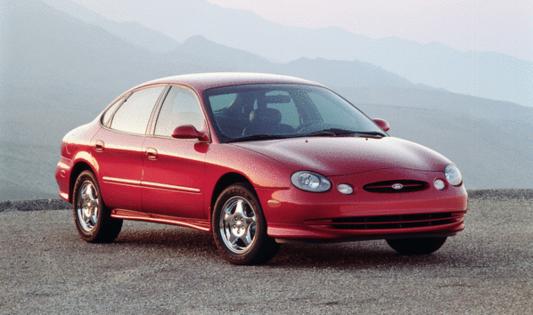
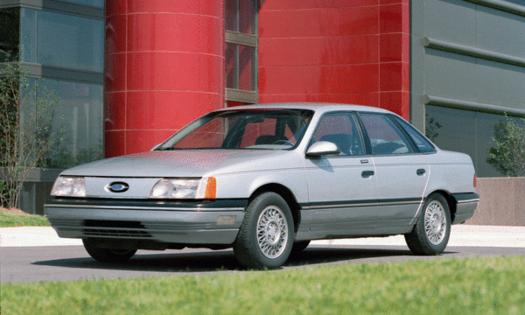
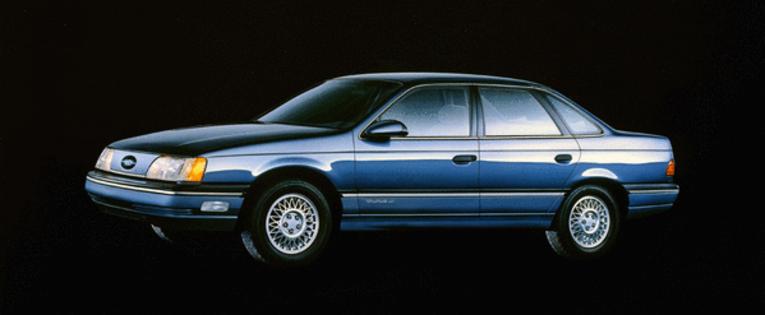












Comments